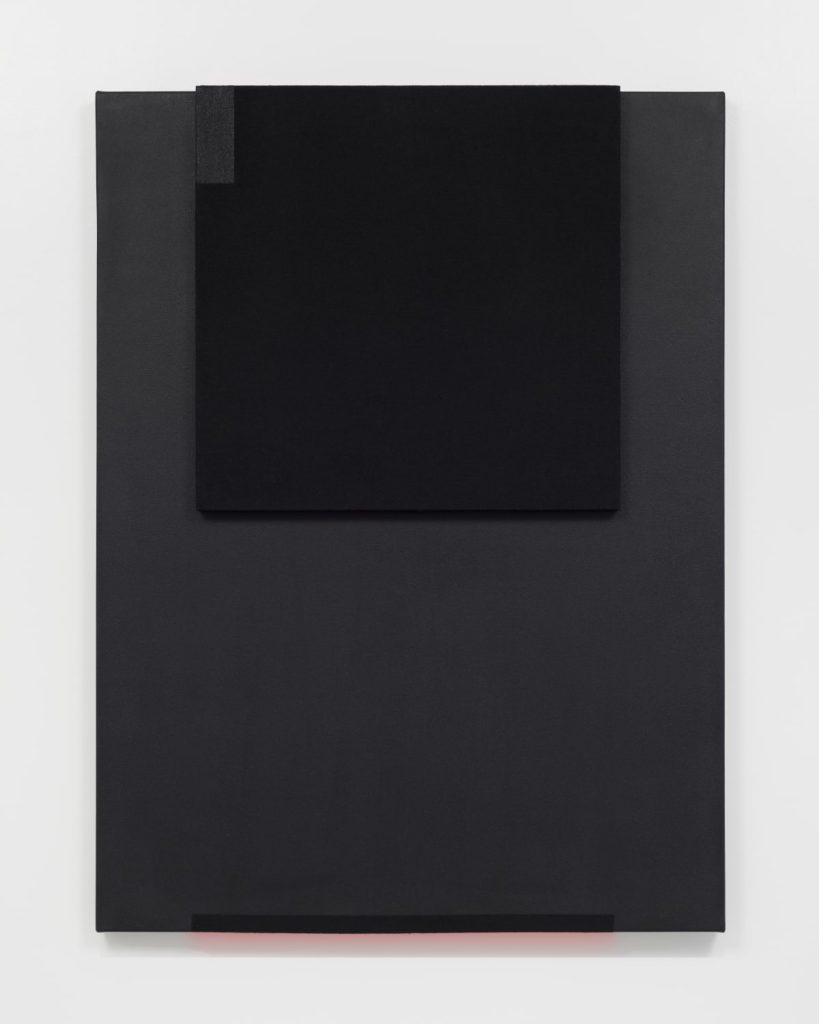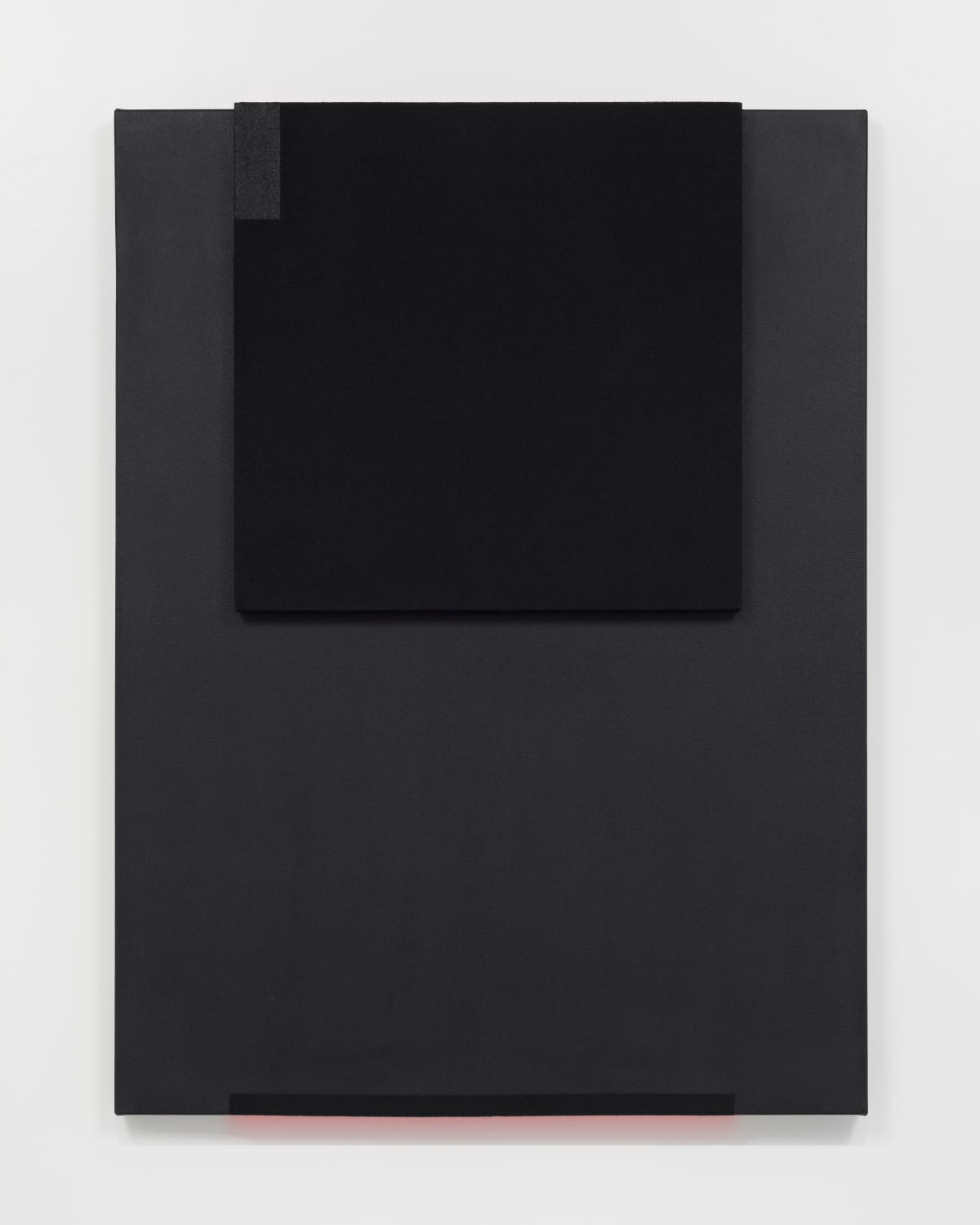
Jennie C. Jones Turns The Met Museum into a Sonic Art Installation

“Ensemble” by Jennie C. Jones: Sonic Abstraction on The Met Rooftop
In a captivating fusion of sound, sculpture, and spatial design, Ohio-born, New York-based artist Jennie C. Jones premieres her latest installation, “Ensemble,” on the rooftop of the Metropolitan Museum of Art. Running from April 15 through October 19, 2025, this site-specific work is not only a striking visual experience but also a conceptual bridge between music, minimalism, and modernist form. As the final rooftop commission before the museum undergoes renovations to transform the space into the Oscar L. Tang and H.M. Agnes Hsu-Tang Wing for Contemporary Art, “Ensemble” stands as a poignant finale — and a resonant overture to what’s to come.
The Artist: Translating Sound into Form
Jennie C. Jones has long explored the intersections of auditory culture, visual language, and historical narratives. Her work encompasses a wide range of media — from painting and drawing to sculpture and sound — all invoking the legacies of Minimalism, Modernism, and the Black avant-garde. A hallmark of her work is the way it transposes the structural principles of music into tangible, visual forms. In Jones’s practice, concepts such as rhythm, harmony, and dissonance turn into lines, colors, and materials that encourage viewers to “listen” with their eyes.
“Ensemble”: A Sculptural Symphony
Perched high above Fifth Avenue, “Ensemble” comprises three distinct aluminum and concrete sculptures and a coordinating floor piece, each inspired by string instruments from The Met’s extensive collection. The compositions draw from iconic forms: a zither, an Aeolian harp, and a one-string instrument. Rendered in bold powder-coated hues of aubergine and “pure red,” these abstracted instruments engage with the language of both music and visual minimalism.
The zither-inspired sculpture, low and angled, creates a shifting sense of mass depending on the viewer’s position — appearing monolithic from one side and as slender as a silhouette from another. The harp-evoking piece stands tall and narrow, with a modernist grace, while the work referencing the one-string instrument features twin verticals flanking a long crossbeam, suggesting both musical tension and architectural poise.
A floor piece — a vibrant red strip that grows in thickness as it converges — serves almost like a conductor’s baton, seemingly directing not just the sculptural “performers” but their audience as well. It organizes the rooftop space into an immersive field where movement aligns with perception, a kind of silent choreography between viewer and structure.
Museum as Medium
Jones’s work is not confined to art objects alone — she uses the institution itself as material. The concrete elements of “Ensemble” echo the travertine stone of The Met’s Great Hall, and the sculptural string-like elements echo the stanchions typically used to keep visitors from getting too close to artworks. In doing so, she transforms the museum into both a subject and a setting — a resonant chamber where histories of decorum, access, exclusion, and authority reverberate subtly.
Comments from the curatorial team underscore this approach. David Breslin, curator of Modern and Contemporary Art, reflects, “Jones’s fidelity to abstraction invites her viewers to pay attention to the quieter pathways where profound meanings reside.” The installation doesn’t dictate meaning — it gently amplifies it through form, color, and context.
Changing Colors and Perspectives
What’s uniquely compelling about “Ensemble” is the way it invites contemplation over time. As light and weather cycles shift throughout spring, summer, and early fall, the sculptures respond — colors subtly morph, shadows elongate or vanish, and the skyline plays duet with the forms. Jones’s strategic use of bold industrial colors, especially the “public art red,” evokes Picasso or Calder while also referencing municipal hues seen across cities — fire hydrants, bike racks, and street signs.
From one perspective, the work recalls the sleek restraint of an Agnes Martin painting; from another, the bombastic silhouette of a jazz solo. The combination offers an invitation to return — to see the piece anew under a different sky, a different mood, a different kind of symphony.
Final Notes
“Ensemble” is as much about attention and attunement as it is about visual encounter. Jennie C. Jones has created a score in metal and pigment, responding to the past while harmonizing with the present. Her rooftop installation not only activates the viewer’s perception but also subtly confronts the institutional and historical weight of the museum itself, asserting that sound — and silence — are fundamental to how we experience the world.
As The Met prepares its rooftop for transformation, “Ensemble” leaves behind not a crescendo, but a reverberation: a deep, thoughtful resonance sounding between tradition and innovation, noise and stillness.
Visitors are encouraged to tune in, not